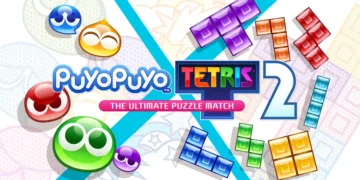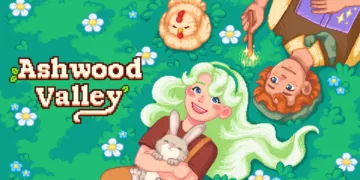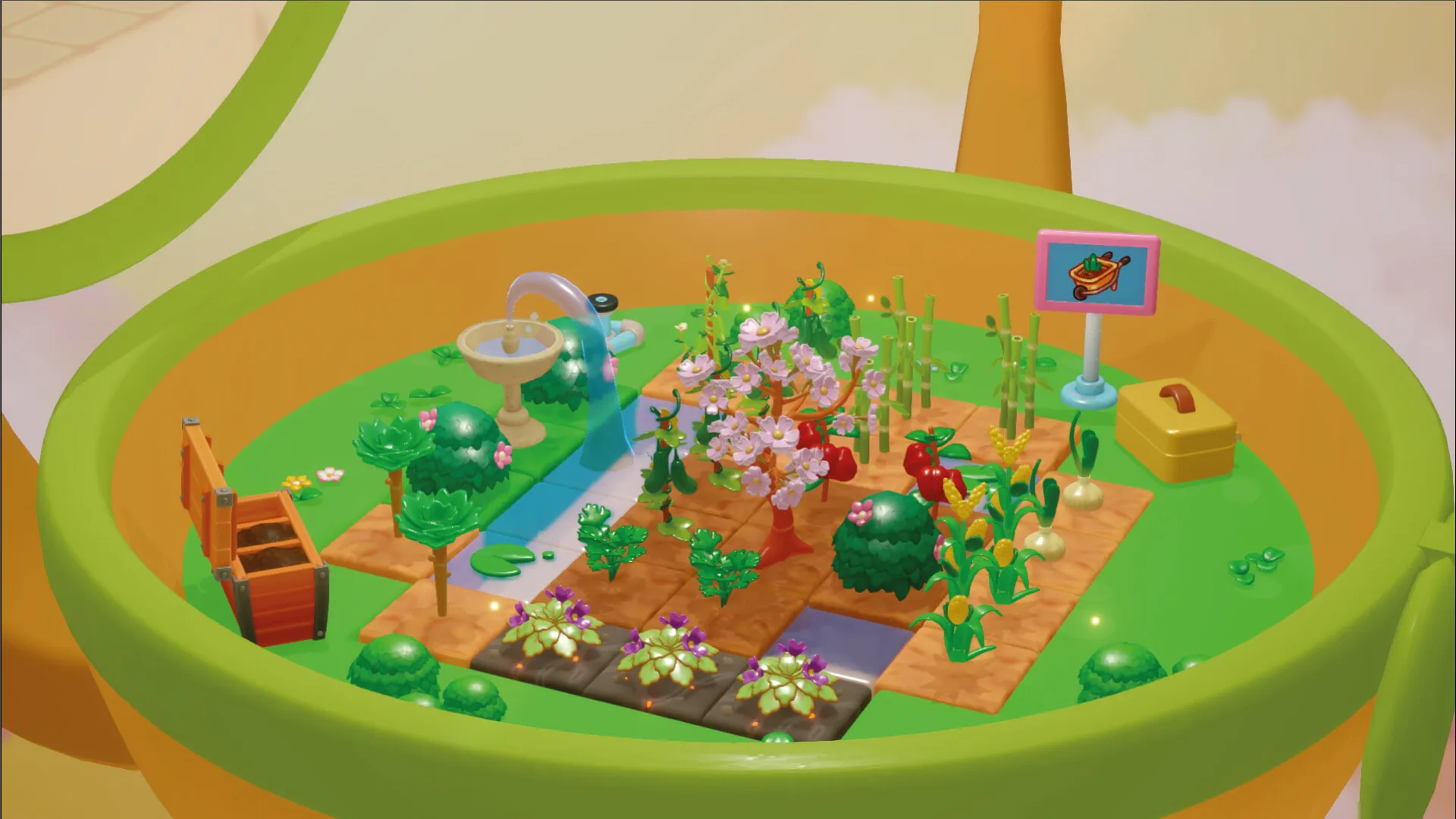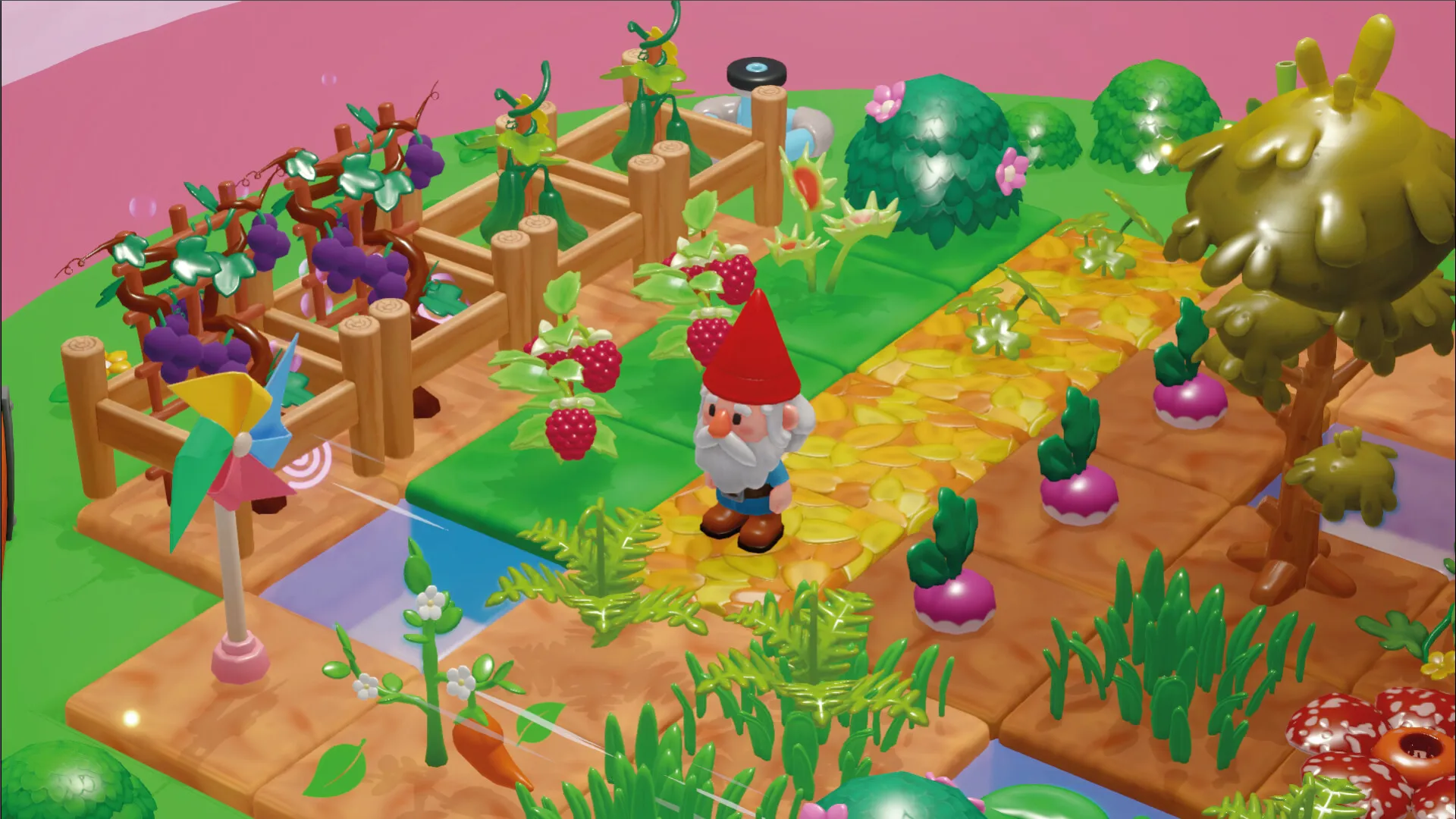Set inside a palm‑sized capsule, Tiny Garden transforms seed sowing into an exercise in spatial creativity and nostalgic wonder. Developed by Portugal’s Ao Norte, it occupies a niche where farming‑sim sensibilities meet puzzle‑based terrain manipulation. The simplicity of planting seeds and turning a hand crank to advance days conceals a deeper logic: adjacent flora can reshape soils into desert, damp dirt, or lush turf, requiring players to orchestrate successive growth cycles within seven or eight cramped tiles.
Drawing from cherished childhood traditions—miniature dollhouses in Europe, Japanese gachapon capsules, and global crafting cultures—Tiny Garden taps a universal longing for control over small worlds. Its low‑poly models and flat colour palettes evoke paper dioramas, while letters unlocked through progression hint at affectionate human stories beyond the garden’s rim. This synergy of narrative fragments and mechanical loops raises questions about the lines between tangible playthings and digital simulacra.
Ao Norte’s choice to eschew text‑heavy tutorials in favor of discovery echoes an artisan craft ethos: players learn through experimentation rather than instruction manuals. The result is a reflective space where cultural memory and game design converge…
Mechanics as Cultural Microcosms
The core loop of Tiny Garden feels ritualistic: you plant a seed, turn a hand crank to advance the day, harvest produce, then exchange those goods for fresh seeds or decor. That cycle condenses farming traditions—from Southeast Asian paddy schedules to European market barter—into a tabletop diorama. Each crank turn marks growth stages akin to moon‑phase planting, while earned vegetables become currency, echoing living economies found in village fairs and street stalls.
Terrain manipulation introduces a second layer of complexity. Cacti reshape neighboring plots into arid sand, fountains carve out water tiles, and together they forge damp earth suitable for moisture‑loving crops. Modifying plants must remain rooted to sustain those changes—a design choice that mirrors bonsai techniques in Japan and courtyard‑garden artistry in Andalusia, where living elements sculpt the environment. Planning multi‑step unlock chains (cactus → desert, fountain → water, desert + water → damp dirt) demands spatial foresight reminiscent of laying out a formal French potager or a Persian water garden.
Progression relies on strategic yield management. Harvested items unlock crates of exotic seeds or tools that reveal hidden terrain types and expand your plot. This feels akin to medieval guild systems, where mastering one craft unlocks privileges in another. An optional statistics screen tracks seed‑type completion, offering both completionists and casual players a sense of direction without prescribing a single path.
Challenge scales with each new flora. Early crops sprout quickly, offering immediate feedback. Later, achieving the precise soil mosaics required for rare plants calls for layered planning and creative use of tools like compost bins or garden gnomes. No time limits pressurize play; instead, subtle icon hints and a completion tracker reward experimentation and strategic mapping. By weaving narrative fragments—collected letters that pepper the toy’s interior—with these interlocking systems, Tiny Garden prompts a fresh look at how cultural gardening practices can transform into interactive artforms…
Layered Worlds of Play and Memory
Tiny Garden unfolds within a clamshell capsule divided into two realms: the bottom chamber houses a micro‑garden where tiles shift under cactus, fountain, and hydrangea growth, while the top reveals a miniature living space ready for furniture, stickers, and custom colours. This dual‑chamber design recalls European dollhouses and Japanese gachapon culture, inviting players to curate both flora and domestic vignettes in tandem.
Storytelling emerges through collectible letters tucked behind décor milestones. Each note, unlocked by reaching specific planting or decorating goals, offers personal reflections and fragments of a family narrative. These epistolary moments echo the intimacy of handwritten memoirs and the material culture of heirloom toys, weaving emotional texture into a loop of seed sowing and item trading.
Ambient sound cues—gentle bird calls, distant bees, soft wind chimes—underscore a voice‑free narrative approach. By linking garden progress to letter rewards, the game prompts players to explore decorative options and experiment with seed combinations. This interplay of mechanics and narrative taps into cultural practices of memory‑keeping, where miniature keepsakes and handwritten notes bridge private histories and shared play experiences, leaving open the question of how much meaning a tiny world can hold.
Visual and Auditory Tapestry
Tiny Garden’s visuals embrace minimalist charm. Models use flat planes of bold color, evoking paper dioramas found in both Scandinavian toy design and Japanese paper craft. Textures remain sparse so that each tile and plant icon reads clearly, even on smaller screens. Seed cards display growth times and terrain preferences with simple pictograms, a design choice that parallels the intuitive signage in global public spaces—from Swiss train stations to Tokyo subways—helping players instantly grasp mechanics without language barriers.
Performance proves remarkably consistent across platforms. On modern PCs and entry‑level machines, the frame rate holds at a steady 60 fps. Steam Deck users report smooth play via built‑in mouse emulation, sidestepping the absence of native controller profiles. This workaround mirrors community innovations in emulated arcade titles, where touchpads stand in for coin‑op joysticks.
Sound design layers gentle guitar plucks, airy flute melodies, and light xylophone chimes, creating an ambiance akin to ambient folk compositions heard in indie films and world‑music festivals alike. Environmental cues—a bird’s song when a new terrain emerges, the muted click of harvested produce—ground players in a tranquil space that recalls open‑world titles with ambient soundscapes, yet remains intimate enough for handheld sessions.
Customization extends beyond furniture. Players choose shell colors—from pastel mint to bold crimson—inviting comparisons to capsule toys sold in markets from Seoul’s Myeongdong to New York’s Chinatown. Background atmospheres shift from dawn’s rosy glow to twilight mauve, and collectible stickers let users stamp personal narratives onto the toy’s surface. These options echo global street‑art cultures where small canvases become sites of self‑expression, hinting that even the tiniest garden can mirror vast creative traditions…
Miniature Homes, Infinite Expressions
Tiny Garden’s home decorating system invites players to transform produce into personal sanctuaries. Harvested carrots or turnips become currency for furniture pieces, stickers, and shell‑colour options, unlocking three successive tiers of interior space. Each level—from a bare pedestal to a fully furnished alcove—mirrors disparate cultural traditions: the ornate waist‑high cabinets of Victorian dollhouses, the pared‑down elegance of Scandinavian miniatures, and the vibrant lacquer finishes found in Chinese scholar’s studios.
Collection targets deepen engagement. A seed‑type completion tracker displays percentages that nudge players toward unseen flora, much like Japanese capsule‑toy collectors seeking rare variants. Steam achievements reward comprehensive unlocks, yet the game never punishes players who prefer aesthetic arrangement over puzzle‑driven goals. This dual path reflects global play cultures, from Western completionism to Eastern emphasis on mindful creation.
With no timers or fail states, Tiny Garden respects player agency. Gardeners can linger over colour palettes or meticulously map out soil combinations until the perfect pattern emerges. Completionists chart every seed’s growth, while casual players curate whimsical displays at their own pace. This flexibility echoes digital sandbox titles and analogue pastimes alike—whether crafting dioramas in Europe or pressed‑flower art in East Asia—suggesting that even the smallest garden can host a world of personal meaning.
Global Interfaces and Hardware Realities
Tiny Garden’s reliance on a mouse‑only interface aligns with PC‑centric design traditions in North America and parts of Europe, where point‑and‑click adventures once reigned. In regions where console and mobile dominate—such as Japan and Latin America—the absence of native gamepad presets may feel restrictive, though Steam Deck’s touchpad emulation bridges some gaps.
Settings remain spare. Players cannot adjust brightness, scale the UI for smaller screens, or remap keys—features common in AAA titles mindful of diverse hardware in emerging markets. Audio sliders, too, are limited to master volume, leaving those with sensitive hearing to juggle system controls.
Early adopters on certain Windows builds reported launch freezes, a hiccup often traced to driver mismatches. Once patched or run on systems meeting modest specs, performance stabilizes, reflecting Ao Norte’s choice to favour broad accessibility over cutting‑edge visuals. Such technical trade‑offs raise questions about balancing inclusive play with regional hardware variance…
Structural Frictions and Cultural Trade‑offs
Tiny Garden’s pared‑down interface offers clarity but limits customization options, common in smaller indie titles from Europe. Without brightness sliders or key remapping, players in regions where hardware varies may struggle to tailor visuals or controls to their preferences. The absence of a guided tutorial for advanced terrain icons invites discovery, yet risks alienating those expecting step‑by‑step learning as seen in many Japanese mobile sims. This restraint echoes the pared‑back approach of certain Portuguese indies, whereas many East Asian simulators include elaborate settings menus.
Once seed lists fill, the core planting‑crank‑harvest cycle can lose novelty. Late‑game stages introduce few fresh mechanics, which echoes minimal updates in some Scandinavian design philosophies but may jar players seeking evolving challenges. On handhelds, tiny icons demand straining vision for those accustomed to scalable UIs in global smartphone markets. Music themes can rest at a volume that competes with ambient noise, prompting users to adjust external settings.
Exclusive availability via Steam highlights a focus on PC communities, potentially sidelining console and regional platform audiences where local digital stores dominate. Early launch reports of crashes on certain Windows builds underscore the balancing act between broad accessibility and technical polish. In these gaps, Tiny Garden reveals how design decisions—shaped by cultural backgrounds and resource constraints—both empower creative play and introduce barriers to entry…
The Review
Tiny Garden
Tiny Garden turns miniature gardening into a thoughtful puzzle, blending tactile charm with strategic depth. Its clean visuals and soothing soundtrack invite calm exploration, while collectible letters lend emotional warmth. Repetition can creep in once unlocks conclude, and limited settings may test those craving fine‑tuned controls, yet its gentle loop rewards both dedicated planners and casual players.
PROS
- Engaging puzzle‑driven farming loop
- Charming, low‑poly miniature aesthetic
- Soothing soundtrack and environmental effects
- Supports varied playstyles with no time limits
- Stable performance on a wide range of hardware
CONS
- Sparse options for graphics and controls
- Small UI icons on handheld screens
- Late‑game loop offers few new mechanics
- Music volume can feel muted without adjustment
- Steam‑only release limits platform access



















































